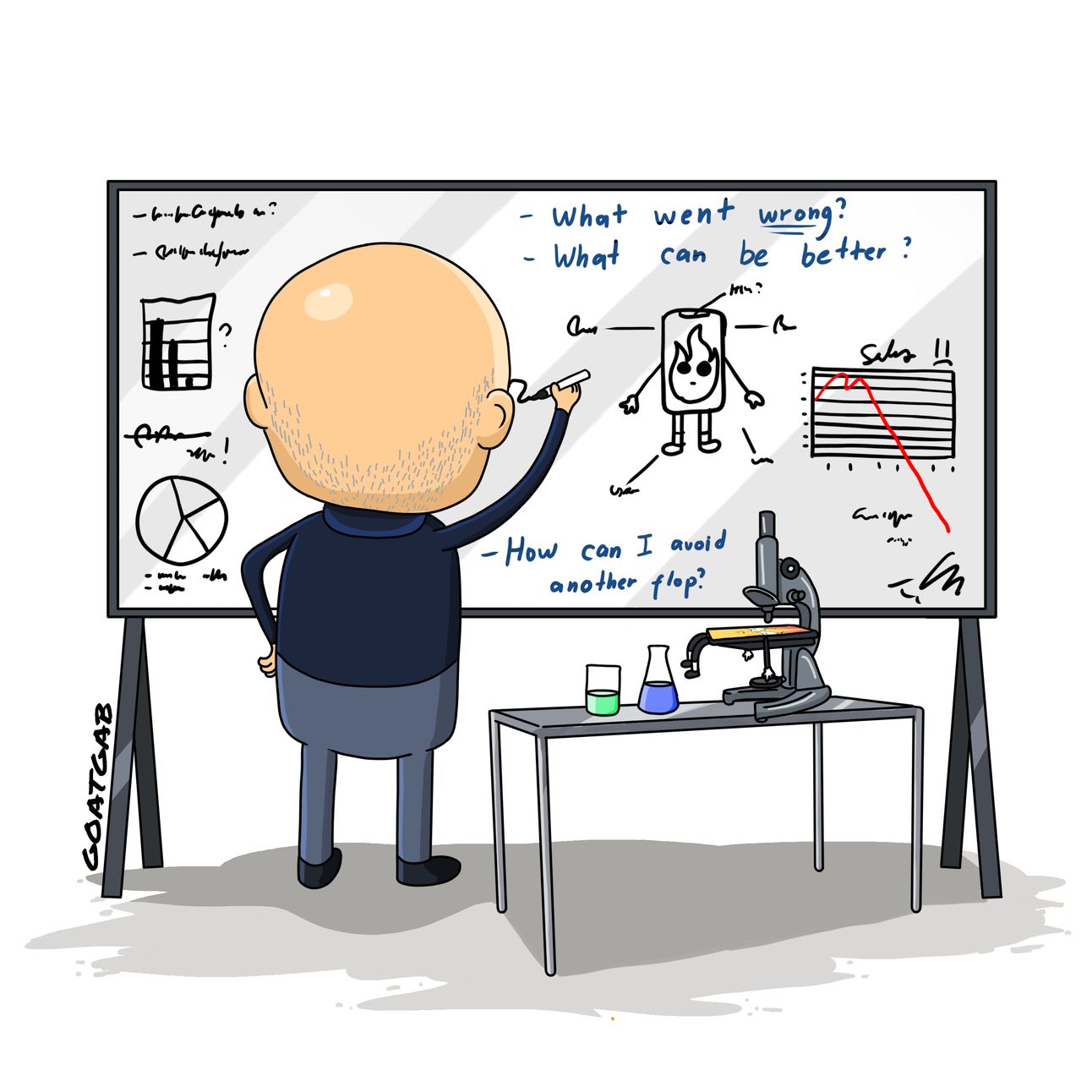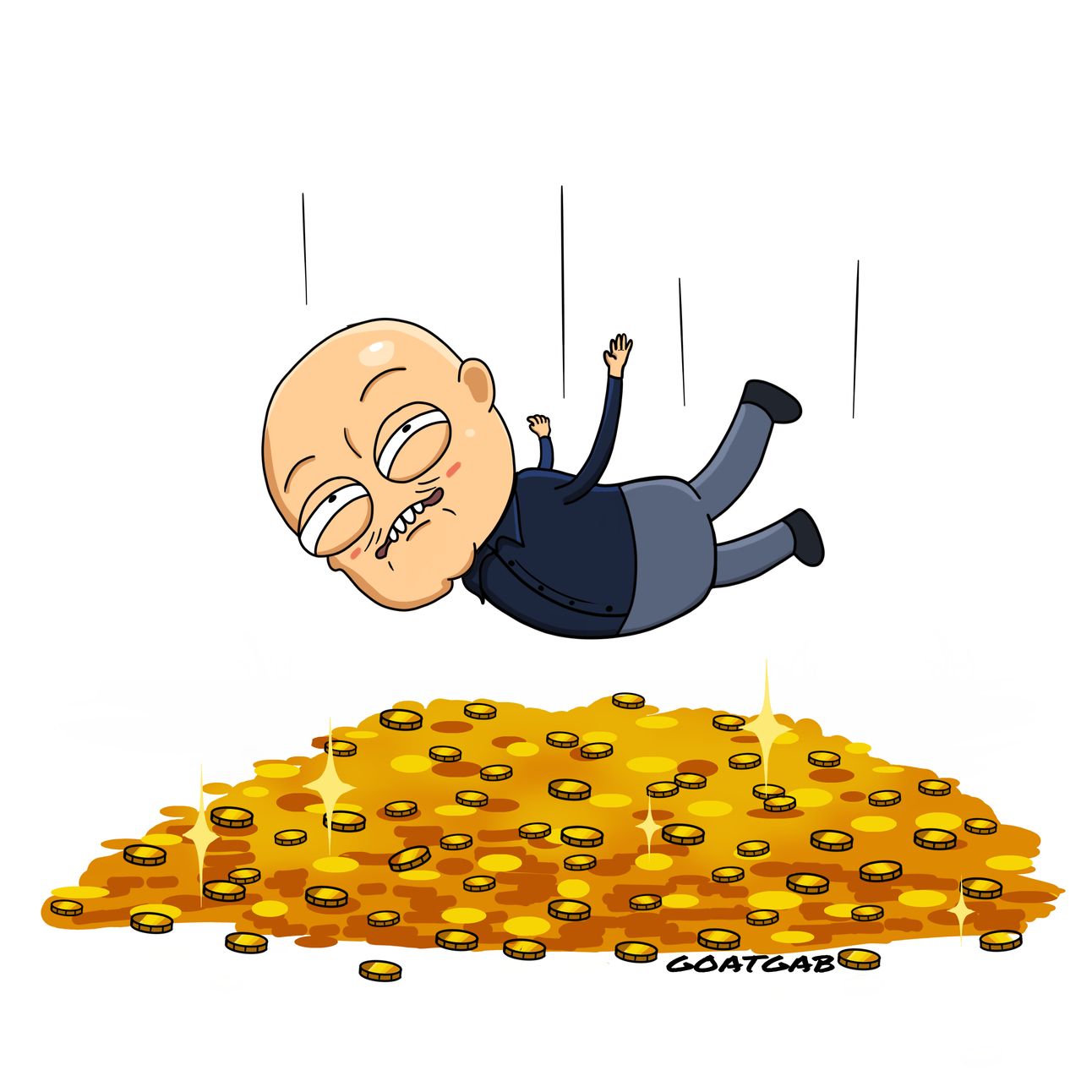- GOAT GAB
- Posts
- Jeff Bezos’ $170M Mistake: How to Transform Your Failures Into Success Stories
Jeff Bezos’ $170M Mistake: How to Transform Your Failures Into Success Stories
Ever found yourself staring at a colossal failure, feeling like you've just belly-flopped onto concrete?

Well, you're not alone. Let's talk about a guy you might know – Jeff Bezos. Yes, the same Jeff who turned his garage into the gold mine named Amazon.

Yes, even he's had his faceplants…

In fact, he’s had several of them…
Case in point: the Amazon Fire Phone.
Ah, the Fire Phone, a gadget that was supposed to set the world ablaze but fizzled out faster than a dud firework.

Picture this: it's 2014, and Jeff Bezos is on stage, unveiling the Fire Phone with the same gusto as a magician pulling a rabbit out of a hat.

The world watched with bated breath... and then collectively shrugged.

The Fire Phone was like that one guy at the party who tries too hard to be cool but ends up sitting alone with the chips.

It had gimmicky features, but the public didn't bite. The phone tanked, and Amazon had to write off $170 million. Ouch, right?
But did Jeff curl up into a ball and weep over his silicon-brick baby?

Far from it. He soared to become the wealthiest man alive, holding the throne until Elon snagged the reins in 2021.
Even though it was a colossal failure, you see the DNA of the Fire Phone in some of Amazon's greatest hits.
Take Alexa, for instance.
The voice recognition technology that was a glimmer in the Fire Phone's eye, became the star of the Echo devices.
These smart speakers didn't just enter the market; they walked in, made themselves at home, and started a whole new category in tech.

Echo devices became the cool kids on the block, the ones everyone wanted at their party.
Then there's Amazon Web Service, the cloud computing giant.
Sure, it was already a thing before the Fire Phone faceplant, but the lessons learned from the phone's demise fueled AWS's growth.

How?
By understanding the importance of customer needs, usability and not overstuffing a product with unnecessary bells and whistles.
He focused on what it did best - providing reliable, scalable cloud services - and now it's the Hercules of the cloud world.
So, what's the takeaway for all of us grinding away in our entrepreneurial endeavors or corporate climbs?

It’s simple.
Give failure a makeover.
Think of it like Bezos did: not a screeching halt, but an intriguing plot twist in your adventure.
Instead of running from it like a bad date, embrace it like your best friend.
Dig into the mess.
Find the hidden gems.
Tweak your game plan.
Take that failure, put it under a microscope, and study it like a scientist examines a peculiar bug.

Pick up the pieces and learn from them.
Failure is not the end.
It's not even a detour.
It's a part of the journey.
It's the universe's way of saying:

Bezos took a product flop and turned it into a masterclass in resilience and innovation, and you can too.
Don’t just learn from your mistakes; make them your stepping stones to further success.

In the end, it's not about never failing; it's about not letting failure stop you.
So next time you're faced with a setback, channel your inner Bezos.
Examine it.
Learn from it.
Then, with a renewed spirit and smarter strategies, leap back into the fray.
Who knows? Your biggest flop might just be the precursor to your greatest success.

It’s like a superhero movie:
You either win in the end, or there’s a sequel where you try again.
Don’t let failure stop you.
Cheers,
Justin
P.S if you enjoyed this lesson, forward it to a friend.
If you’re that friend, subscribe here.